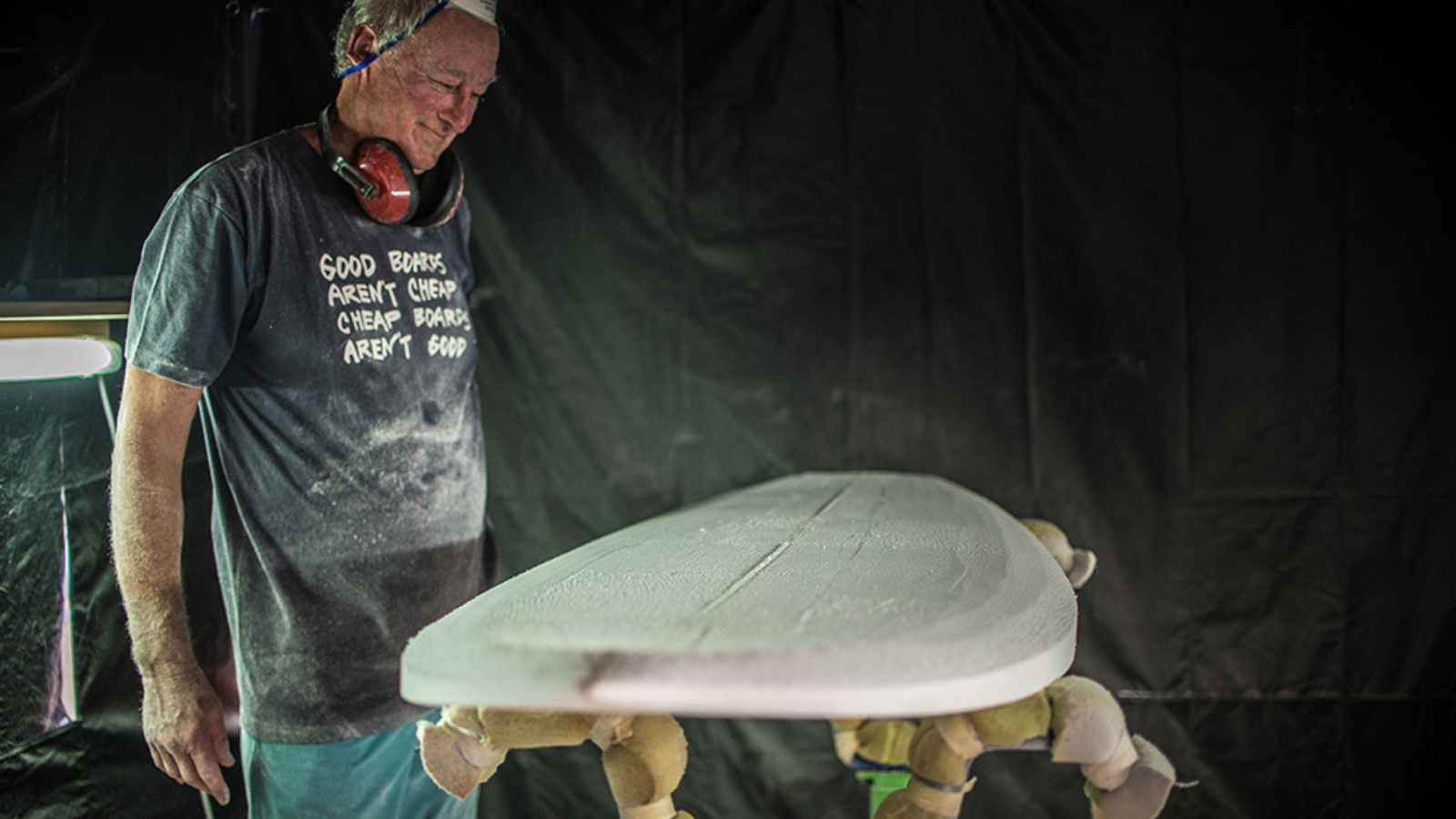
Firewire 2019 Surfboard Preview
Retail Buyers Guide: Surfboards 2019
Brand: Firewire
Interviewee: Mark Price, CEO
MARKET FIGURES
Has 2018 proven to be a successful year as far as sales are concerned? Which countries/regions are on the rise? Which are weakening?
2018 was mixed depending on the region. Our USA business continued its upward trajectory with double digit gains, which was especially impressive when you consider that it’s one of our most mature markets.
Europe was up slightly and we’re satisfied with that given the poor weather in southern Europe early in the season, and the generally turbulent nature of the overall European market right now, for many reasons.
Australia was down slightly due to a general softening of the broader economy unrelated to the surf industry, and to be candid, many of our competitors continue to discount significant volumes of traditionally built surfboards, and in some cases even their new technologies, as they address the slow down at retail. We’re playing the long game when it comes to pricing, but in the short term it has impacted our sales.
BOARD DESIGN
Which were the most popular categories of surfboards in 2018? (high-perf, hybrid, retro-oriented, mid-length, longboard, softboard…) Which ones you are betting on in 2019?
We’ve enjoyed sales across a variety of models which is always good to see. For example, we completely underestimated the demand for the Tomo Hydronaut Step Up, because historically it’s been a relatively small niche in the overall market. At the same time, alternative models like the Cymatic, Go Fish, Seaside and Helium Evo have performed incredibly well.
CONSTRUCTIONS
Are we over the ol’ “My Shaper is not Chinese” debate?
Will tech-fancy EPS constructions trickle down into the traditional PU surfboard? (inserts, carbon layers, fresh blank constructions…) Which are your 2019 innovations in this area?
As more and more surfboard brands offer increasingly technical surfboards, and also find themselves locked into the fairly static retail price points if you want to access the market’s sweet spot, most of them are going offshore to fit within that narrow business construct, so yes, it’s becoming less and less of any issue.
Woolight is our new 2019 technology to be released later this year. The entire exterior fiberglass lamination has been replaced by certified, sustainably sourced New Zealand wool. We’ll share a lot more information around this unique project as we gear up to go to market. (I’ve attached a recent article that appeared in Fast Company Magazine if you’d like to explore further)
PUBLIC DEMAND
Which are your 3 top selling boards? And why are they doing so good?
Seaside, Cymatic and Scifi, but there are another 3-4 models right behind them because one of our strengths is the fact that our back catalog still drives a high percentage of our sales.
Why are they selling?
Let’s be honest, surfing is an incredibly difficult sport to master. Therefore, the vast majority of surfers are intermediate at best, and most of us surf pretty average waves most of the time. With that in mind, once you move past the hype of a particular pro athlete model, the surfboards that appeal to most surfers are the ones that are slightly wider with flatter rockers, and thereby go faster with less effort in weaker waves.
In addition, I think we’ve been able to excel through our technology, because the boards are lighter and more responsive than traditional stock PU/PE, giving the average surfer an even better ride.
GO GREEN
What is the house politics regarding greener materials, wastes and safety conditions on the production line?
We own and operate our factory so we have a direct stake in the wellbeing of our staff, and the quality controls needed to build consistent surfboards at scale.
We’ll be Fair Trade certified by early 2020, the first surfboard factory anywhere to quality for this important labor standard. In addition, we’re both ISO9000 and ISO9001 certified, which are process certification standards linked to consistent, quality outcomes.

And lastly, we’re committed to reducing the toxicity of the modern surfboard without degrading performance, or charging an excessive premium at retail. We’ll hit zero landfill by 2020 and we’ve already reduced our waste per board by 95% in the last 2 years. The holy grail is a cradle to cradle surfboards that include no virgin inputs and are wholly recyclable. Admittedly we’re still far from that goal, but we are getting closer.
PRICEPOINT & DISTRIBUTION
How do you position your offer between the pricey value-added boards and the entry-level price points?
How do you split your offer in between brick & mortar retailers, online retailers and D2C?
We’re playing the very long branding game, and with that in mind, we’re focused 100% on the premium space. I know there is an argument that if you offer cheaper price points, especially branded entry level product, you can potentially capture the new entrant and create brand loyalty as they progress towards better, more expensive boards. And I do think there is truth to that. BUT, it’s also true that you devalue your long-term brand equity to some degree. We’ve simply decided that the latter point outweighs the former. Time will tell.
Regarding online, there is no question that certain customers want to buy their surfboards online, even in areas well serviced by B&M locations. We’ve made the calculated decision that we’d prefer to work through committed online affiliates versus rolling out a global D2C platform. The decision is ‘regional market conditions’ dependent and not set in stone, a point we’ve been transparent about with our retailers.










